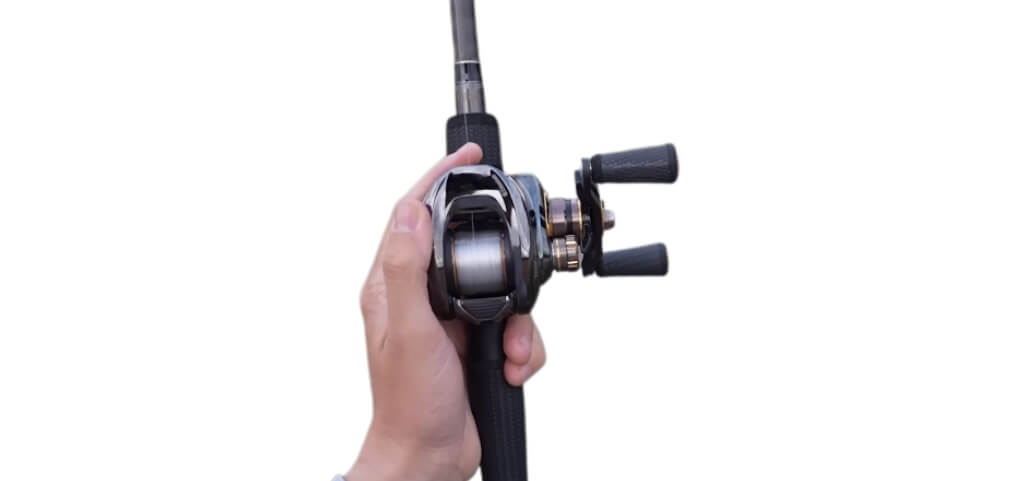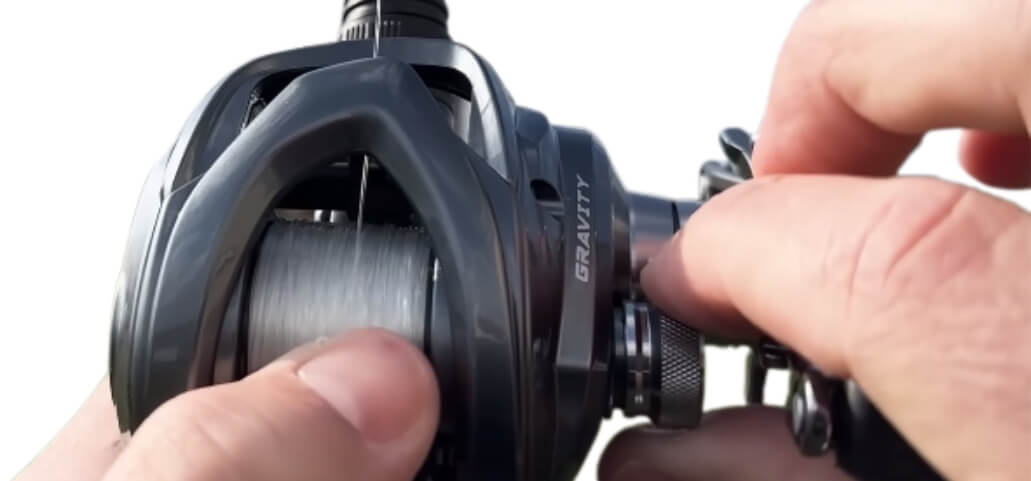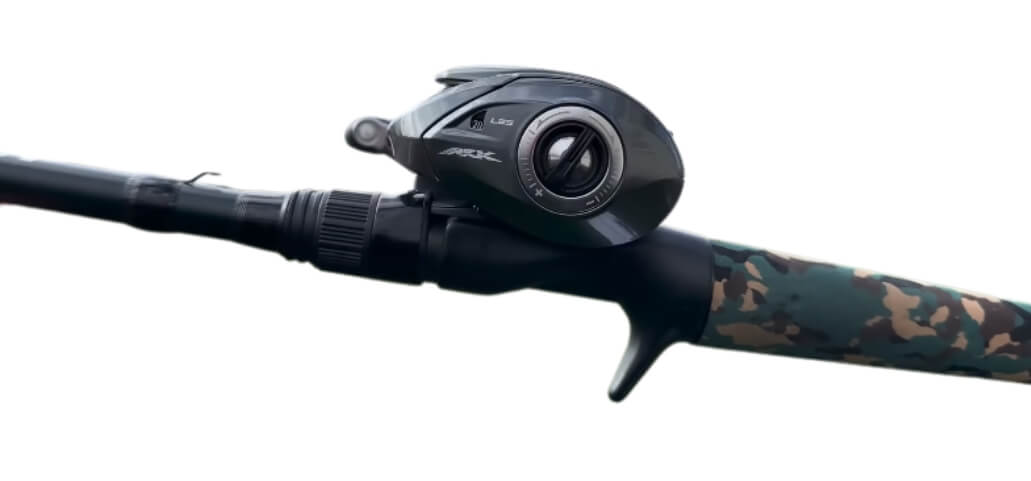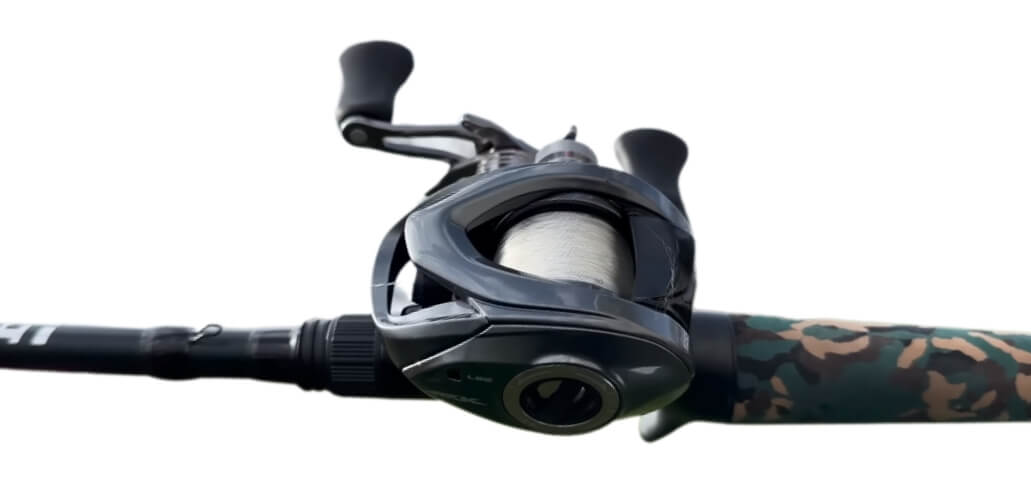For anglers How Long Does Fishing Line Last or how much the lifespan of their fishing line is knowing as critical as bait and technique they employ. Knowing the durability of a fishing line can make the difference between a record catch and equipment failure. On the water performance is directly impacted by fishing line. How Long Does Fishing Line Last This in-depth guide explores fishing line longevity, offering crucial insights to equip you for your next fishing trip.
Navigating Durability on the Water: How Long Does Fishing Line Last?
The fishing line serves a simple yet crucial purpose: which connecting you to the fish. Its durability is not just about saving money on replacements but is directly tied to the success of your fishing day. In this chapter, we’ll explore the factors that determine the longevity of your fishing line in real-world conditions.
Factors Affecting Fishing Line Longevity

Quality is Key
It’s no secret that the better the quality of the fishing line, the longer it’s likely to last. High-quality lines are designed to resist abrasion, withstand UV damage, and retain their strength over time. But what exactly matter sets a higher quality fishing line apart?
Material Matters
An old proverb that frequently applies to fishing lines is “you get what you pay for.” When delving into fishing lines, it’s crucial to understand the three primary types, each possessing distinct attributes and applications. These types encompass monofilament, fluorocarbon, and braided lines, each presenting unique benefits and considerations for different fishing scenarios.
- Monofilament: A single strand of material, known for its exceptional stretch, durability, and adaptability, makes it the perfect choice for a wide range of applications, from athletic wear to industrial use. Its versatility and resilience ensure that it can meet the demands of diverse settings, making it a valuable option for various needs.
- Fluorocarbon: Fluorocarbon fishing line is often touted as being virtually invisible underwater due to its refractive index, making it less detectable to fish. In addition to its stealthy nature, fluorocarbon also has less stretch than monofilament lines, providing greater sensitivity to detect even the subtlest of bites. Its increased resistance to abrasion further enhances durability, establishing it as a popular choice among anglers for various fishing conditions.
- Braided: Braided lines, made from intricately intertwined strands of material, are renowned for their exceptional durability and minimal stretch, distinguishing them from other fishing lines. Their unique construction endows braided lines with superior strength and sensitivity, making them a top choice for anglers dealing with diverse fishing conditions and techniques.
The material used in the line’s construction and the manufacturing process play significant roles in the line’s quality and, consequently, its longevity.
The Knot Factor
The strength of your knots is just as important as the strength of the line itself when it comes to fishing. Consider the type of line being used when tying knots. A well-tied knot will withstand wear and tear, keeping your fishing line secure during intense battles with fish. Conversely, a poorly tied knot can result in premature line failure, especially with braid or fluorocarbon lines, which are less forgiving than monofilament. Carefully choosing and tying knots is crucial to maximize the performance and durability of your fishing setup.
Proper Care and Feeding of Fishing Line
It’s crucial to properly store your fishing line when not in use. Over time, exposure to UV light from artificial or solar sources can damage the line. Extreme temperatures can cause certain types of line to degrade more rapidly, while chemical contaminants, like those from sunscreen or fuel, can harm the line’s molecular structure.
What Constitutes Proper Storage?
To properly store your fishing line, keep it in a cool, dark place, away from the hit elements. Secure the line to a clean, dry reel to prevent tangling. The easiest way to stop the line from retaining memory when storing for a long time is to release the tension.
Maintenance Madness: Inspecting and Replacing Line
Routine inspections are crucial in identifying potential problems before they result in lost fish. Signs of wear to look out for include nicks, fraying, and less visible damage such as UV degradation or knot wear. However, a common question that arises is: how frequently should you replace your fishing line?
When is it Time to Say Goodbye?
Monofilament and fluorocarbon fishing lines should be replaced annually, regardless of their appearance, due to potential degradation from sunlight and environmental factors. In contrast, braided lines, with proper care, can last up to two years due to their enhanced durability. The key is to be proactive in maintaining optimal fishing line performance and preventing unexpected issues while out on the water.
Signs of Fishing Line Wear and Tear

Seeing is Believing
Visible damage, such as fraying, weakening, or discoloration of the line, is the most obvious sign that your line needs to be replaced. If the line looks like it could break under pressure or if you notice any abrasions, it probably can, and it’s not worth the risk of losing a catch due to a compromised line. Regularly inspecting and maintaining your fishing line is crucial to ensure a successful and safe fishing experience.
Performance Indicators
If you notice that how long does fishing line last has lost its suppleness or if its breaking strain has reduced compared to when it was new, it’s a sign that it’s time to swap it out. It’s important to ensure that your line is in optimal condition to avoid any potential issues while fishing.
Sensitivity Wanes
As a fishing line ages and accumulates wear, it gradually becomes less sensitive to subtle strikes. Over time, the line’s decreased sensitivity may result in missed opportunities to detect and react to delicate movements that would have been noticeable with a fresh line.
Tips for Extending Fishing Line Lifespan
The Right Stuff
Choosing the appropriate line for your fishing needs is crucial for its longevity. In saltwater fishing, a more abrasion-resistant line tends to be advantageous due to the harsher conditions, whereas fresh water fishing may necessitate lines with different specific properties tailored to the environment.
Handle With Care
Proper handling of your line while fishing can minimize damage. Avoid rubbing against sharp objects or dragging the line over rough surfaces. And when it comes to fish handling, do so gently to avoid unnecessary tension and potential line damage.
Save Money on Line, Spend on Maintenance
It’s a good idea to invest in line, but it’s equally important to invest in its maintenance. Regularly cleaning your line with soap and water can help remove contaminants, and storing it correctly is crucial to a longer lifespan.
Testing Fishing Line Strength
Ensuring You’re in the Strong
A reliable method for evaluating your line’s performance is by conducting periodic tests. While specialized line testers are available for this purpose, you can also perform a simple knot strength test to assess its durability and reliability.
Knowledge is Power
Understanding the breaking point of your line enables you to make informed decisions about when to replace it. This is particularly valuable for anglers using custom tackle setups or fishing in challenging conditions.
Common Myths about Fishing Line Longevity
The Line That Lasts a Lifetime
While we may wish for a single line that could endure over time, the truth is that every fishing line has an expiration date. This article will address misconceptions about how long does fishing line last durability and dispel them with scientific precision and practical insight.
Environment and Evolution
The degradation of how long does fishing line last is influenced by various factors. While age is a key consideration, environmental factors and changes in water conditions can also impact the longevity of the line. How long a line may endure is also greatly influenced by the habits of a fisherman, including casting methods and upkeep procedures. We will explore the subtle aspects that affect line longevity that are typically missed in the subsequent exploration.
Case Study: Longevity of Different Fishing Lines

A Comparative Analysis
We’ll thoroughly assess real-life experiences and user reviews to comprehensively analyze the durability and effectiveness of different popular fishing lines. By comparing monofilament, fluorocarbon, and braided lines in various settings and scenarios, we aim to provide valuable insights into each type. This detailed analysis will be a practical guide for anglers looking to enhance their fishing experience.
Real Talk from Real Anglers
We explore the rich experiences of seasoned anglers who have extensively tested the limits of various fishing lines in diverse conditions and locations. These anecdotal accounts serve as a valuable treasure trove of practical knowledge, offering indispensable insights and tips for both beginners and intermediate fishermen looking to enhance their fishing prowess.
Conclusion: Reeling in the Knowledge
Summary of Key Points
In the concluding section of our discussion, we will meticulously consolidate and highlight the most critical aspects gathered from each preceding part. Our goal is to provide you with a thorough understanding of the diverse factors that affect fishing line longevity, as well as the effective strategies needed for its maintenance and preservation.
The Final Cast
Consider these parting thoughts on caring how long does fishing line last. It’s crucial to keep a watchful eye on it, especially during intense fishing sessions or in challenging environments where wear and tear are more likely to occur. Treat your fishing line with the utmost respect by handling it gently and avoiding unnecessary strain. Additionally, maintaining it as you would any other piece of vital equipment, such as regularly checking for signs of damage and ensuring proper storage, will help prolong its lifespan and ensure optimal performance during your fishing adventures.
Frequently Asked Questions
Q1: How Long Does Fishing Line Last ?
Answer: The lifespan of a fishing line is determined by many variable elements , such as the quality of the line, the type of fishing and the environment in which it is used. When properly maintained and cared for, most lines can last an average of one to two years. However, frequent use and exposure to harsh environments may shorten its lifespan.
Q2: Can I extend the lifespan of my fishing line with aftermarket treatments or coatings?
Answer: While some products claim to extend the life of your fishing line, it’s important to consider that selecting a high-quality line from the start and consistently maintaining and handling it with care are crucial factors in prolonging its durability and performance.
Q3: How do different fishing styles affect the longevity of fishing line?
Answer: Intense or abrasive fishing methods, like deep-sea angling or fishing in rocky areas, can significantly decrease a line’s lifespan compared to gentler techniques in open water. The constant friction and stress in these environments can cause quicker wear and tear, reducing overall durability. Anglers should opt for robust lines designed for these conditions to ensure top performance and longevity.
Q4: Is it possible to spot invisible damage on a line?
Answer: It can be challenging to detect damage to fluorocarbon lines as much of it occurs on a molecular level. Regular inspections and sensitivity checks can help catch this damage before it’s too late.
Q5: Can you swap out sections of worn braided line instead of replacing the entire spool?
Answer: Yes, it is possible to cut off and replace heavily used sections of braided line. Just be sure to attach the new section securely to the old to prevent failure points.
Q6: What's the best way to dispose of old fishing line?
Answer: Used fishing line poses a hazard to wildlife, so it’s crucial to dispose of it responsibly. Numerous angling communities offer line recycling programs, or you can securely cut it into small pieces before discarding to prevent wildlife entanglement.
Disclaimer
The information contained in this extensive handbook is intended solely for educational and informative reasons. Anglers must use their best judgment and conduct thorough research when making decisions about caring for and replacing fishing lines. This entails taking into account elements like the kind of fishing being done, the surrounding circumstances, and the particular qualities of the fishing line being utilized.
Personal Experience
For years, I’ve dedicated myself to refining my fishing skills and understanding the importance of maintaining a fishing line through trial and error. I learned a valuable lesson from losing a trophy-sized catch due to an unseen abrasion. Since that day, I’ve made it a habit to diligently check and replace my line, closely following the guidelines in this comprehensive guide.
Why Trust Us?
Our team of seasoned fishermen and outdoor enthusiasts, with years of experience in diverse fishing environments, is passionately dedicated to providing accurate and reliable information to enhance and elevate your fishing experiences. We are committed to delivering comprehensive content that is not only informative and engaging but also highly practical, ensuring that you can wholeheartedly trust our guidance and insights as you embark on your angling adventures.

